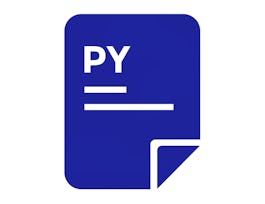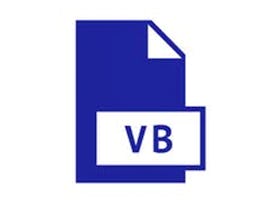This course is a brief introduction to the elements of music theory for those with little or no music theory experience. We will explore pitch, rhythm, meter, notation, scales, keys, key signatures, meter signatures, triads, seventh chords, and basic harmony. If you listen to music or play music by ear, and you want to know more about how music is organized and notated, this course is for you.



Getting Started With Music Theory

Instructor: Bruce Taggart
Sponsored by BrightStar Care
113,366 already enrolled
(749 reviews)
Details to know

Add to your LinkedIn profile
13 assignments
See how employees at top companies are mastering in-demand skills


Earn a career certificate
Add this credential to your LinkedIn profile, resume, or CV
Share it on social media and in your performance review

There are 4 modules in this course
Learning Outcomes: By the end of this module, you should be able to: (1) discuss the elements of music, (2) explain the difference between tonal and atonal music, (3) sing the tonic in tonal music, (4) identify the fundamental and partials of a note, (5) explain the difference between chord and harmony, (6) explain the five-line staff, (7) read and write notes using treble and bass clefs, and (8) identify rhythmic values in notation. You should be able to (9) distinguish between pitch and pitch class, (10) describe octaves and how to label pitches based on octave placement, (11) identify and write accidentals and find them on the piano keyboard, (12) and define equal temperament (the artificial scale used on the modern piano) and tell how it differs from other tuning systems.
What's included
9 videos1 reading4 assignments2 discussion prompts
Learning Outcomes: By the end of this module, you should be able to (1) describe the diatonic set and understand how it is used to create major and minor scales, (2) sing major and minor using solfeggio (solfege) syllables, (3) explain the difference between natural, harmonic, and melodic minor, (4) spell major and minor scales starting on any note using accidentals in treble and bass clef, and (5) spell parallel and relative major and minor scales. You should also be able to (6) identify and spell by size and quality diatonic intervals (within a key) and chromatic intervals (outside a key).
What's included
12 videos3 readings4 assignments2 discussion prompts
Learning Outcomes: By the end of this module, you should be able to (1) read and write all possible rhythmic values, including dotted notes and ties, (2) understand how many notes fit within a measure in various meters, (3) determine meter signatures based on note grouping, and note grouping based on meter signatures, (4) define the types of musical accent and how they create a sense of meter, (5) distinguish between duple and triple meters in notation and by sound, and (6) describe and identify metrical syncopation. You should be able to (7) write melodies on the treble, bass, and grand staves using correct meter signatures, note values, rhythmic grouping, stem direction and beaming, and key signatures and accidentals,
What's included
6 videos2 readings2 assignments1 discussion prompt
Learning Outcomes: By the end of this module, you should be able to (1) identify and spell major, minor, diminished, and augmented triads in root position and inversions, and (2) identify and spell major, minor, dominant, half-diminished, and fully diminished seventh chords in root position and inversions. You should also be able to (3) use Roman numeral labels to identify diatonic triads within a key, (4) write triads within a key when given Roman numerals, and (5) spell chords when given pop/jazz chord symbols.
What's included
8 videos3 readings3 assignments2 discussion prompts
Instructor

Offered by
Why people choose Coursera for their career




Learner reviews
749 reviews
- 5 stars
69.55%
- 4 stars
18.82%
- 3 stars
4.40%
- 2 stars
3.33%
- 1 star
3.87%
Showing 3 of 749
Reviewed on Dec 11, 2024
Lovely course. The narrator is easy to understand, the modules and chapters are well organized. The quizzes and reviews are easy to follow and challenging for what was just taught.
Reviewed on Apr 18, 2020
This course was a great way to get into music theory. It does help if you have some background knowledge first but a little more study and you'll be just fine anyway.
Reviewed on Jun 19, 2020
This course was very helpful as i earned a basic knowledge of music theory...........and also it is the best for the beginners who are keen in learning music.
Recommended if you're interested in Arts and Humanities

Curtis Institute of Music

Open new doors with Coursera Plus
Unlimited access to 10,000+ world-class courses, hands-on projects, and job-ready certificate programs - all included in your subscription
Advance your career with an online degree
Earn a degree from world-class universities - 100% online
Join over 3,400 global companies that choose Coursera for Business
Upskill your employees to excel in the digital economy





